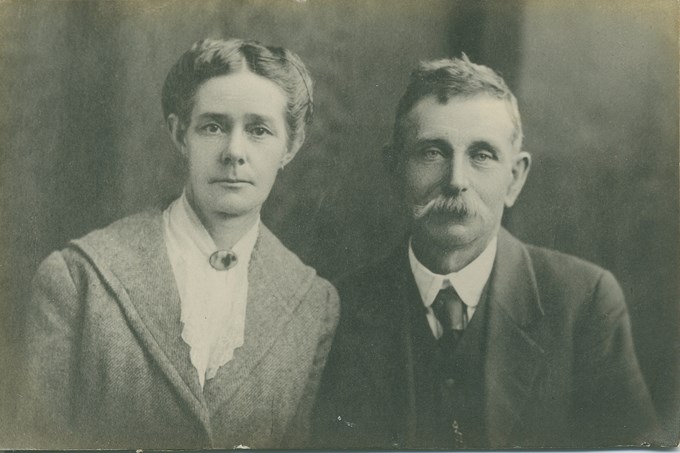For heritage month, we're discovering the stories behind one of Auckland’s historic sites.
On behalf of Waitākere Ranges Local Board, Auckland Council Heritage Unit is currently surveying and researching the Gibbons family timber mills in Huia and Whatipu, many of which are scheduled for management and protection in the Auckland Unitary Plan.
Throughout the second half of the 19th century, the Gibbons family built and operated multiple timber and flax extraction mills in the Waitākere Ranges area, including sites at Huia (Huia Mill, Niagara Mill and Marama/Little Huia), Whatipu, Pararaha and Swanson (Cassels Creek).
The Niagara Mill was particularly memorable – apparently named after its large 8m diameter overshot waterwheel, and featuring a flume, earth holding dam, tramline, a manager’s house and a series of workers cottages. Evidence of the mill still remains including rock cuts and slots from the tramline and the earth cut and bank from the water flume
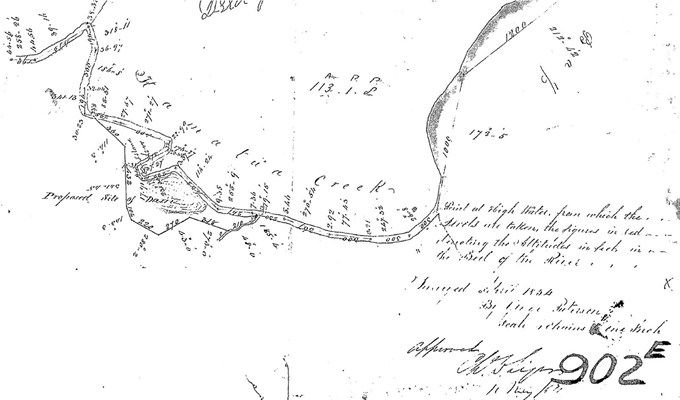
Site of Karamatura Stream earth holding dam (SO 902 E LINZ)
As the heritage unit researches further, we've been chatting with Bruce Harvey, a descendant of the original Gibbons family and local historian.
Tell us about how you’re connected to the Gibbons?
My mother Laura was a Gibbons – her great-grandfather John Gibbons was the original Gibbons to come to New Zealand. John emigrated from Newfoundland and bought a land purchase in 1854 for the right to mill, opening the mills in Huia.
His son (Laura’s grandfather) Nicholas Gibbons went on to build the Whatipu mill and dam, and the mill manager's house which later became the Whatipu lodge. The mills had been sold by the time Laura’s father Fred took over, but he ran the lodge and that’s where my mum grew up.
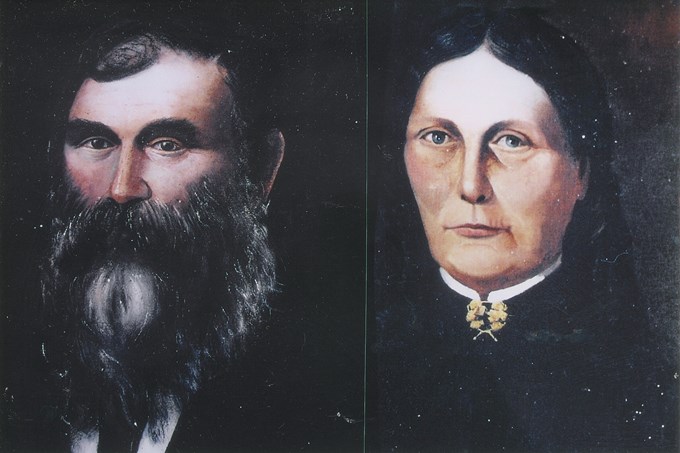
Tell us a bit about your mother growing up?
She was born in 1900, and while there weren’t Gibbons mills in Whatipu she still saw a lot of the logging and milling at Piha, and the mill industry was crucial to the area. She attended the local school with the mill workers’ children
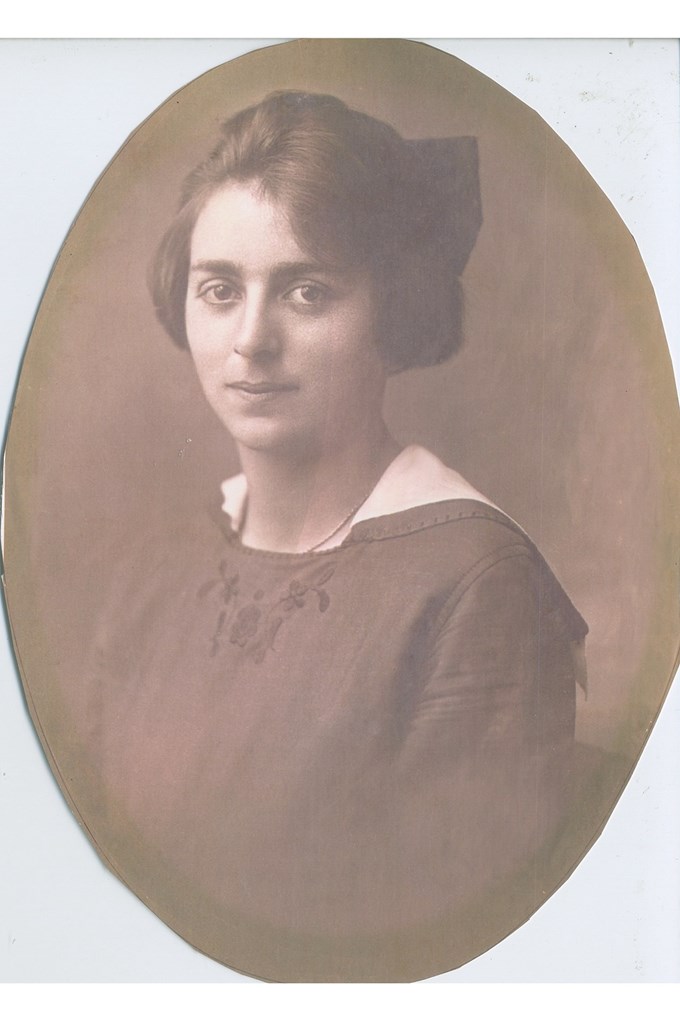
Did your dad grow up in the area as well?
Dad grew up out of the area but always wanted to be a farmer, so after doing a farming course in Dilworth headed to the Waitakere area in 1921. The land he worked on provided meat for millers.
How did your mum and dad meet?
He was based in Piha, but he met the three Gibbons girls up in the Whatipu lodge – including a particularly pretty one called Laura. To court her, he used to ride up the beach on horseback and take her fishing. I think Mum was pretty smitten with this dashing chap galloping along the sands!
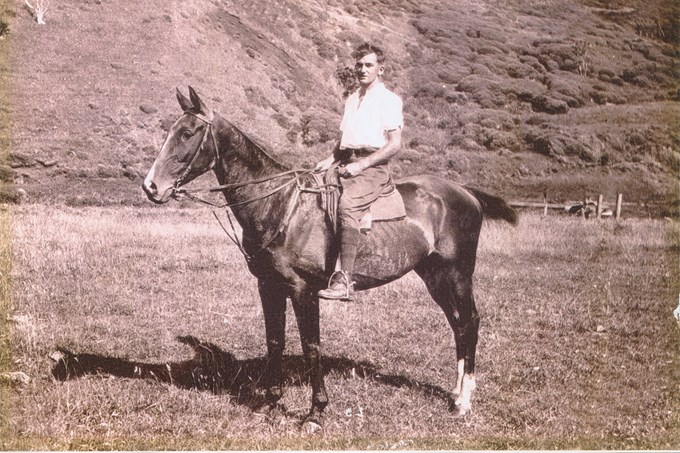
Did they share any other memories from that time?
There used to be dances and parties in the big cave in Whatipu – all the young people would come by boat to the cave. They’d decorate it with ferns and candles, Dad would play the accordion and everyone would dance. That atmosphere and romanticism of the area is something I love about it.
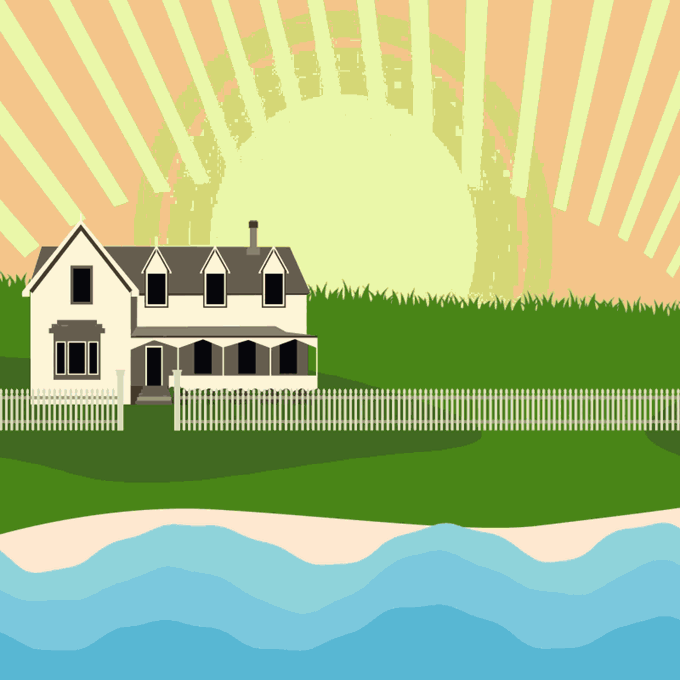
Do you often go back there?
I grew up in Cambridge, but spent my holidays in Huia and Whatipu, and always felt so at home – where I wanted to be. My wife and I ended up moving here for good.
Fifteen years ago, I started up the Friends of Whatipu, which aims to preserve the area – we plant trees, do beach clean-ups, manage pest control, organise walks and talks. Now my daughter Belinda is president of the group.
As part of the work I take groups through the old mill and share the history of the place so the stories will be remembered.
